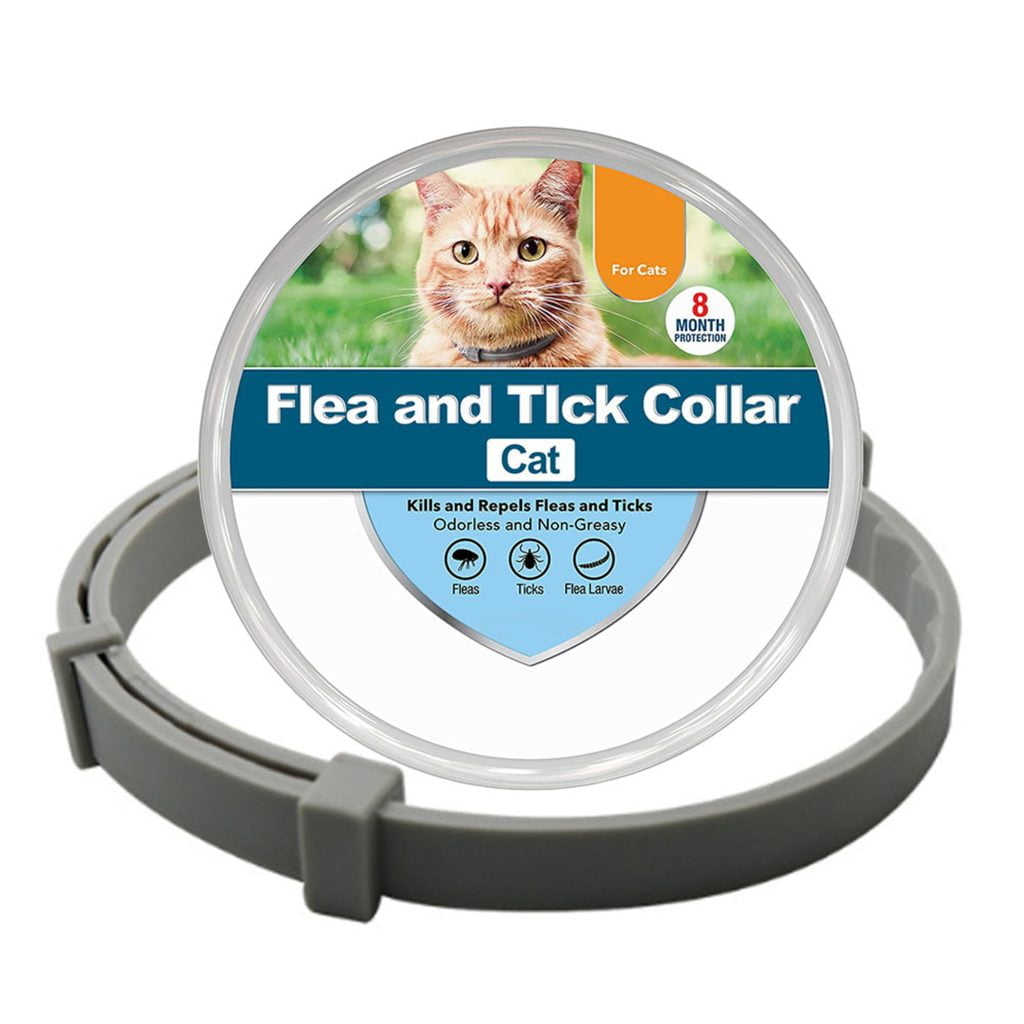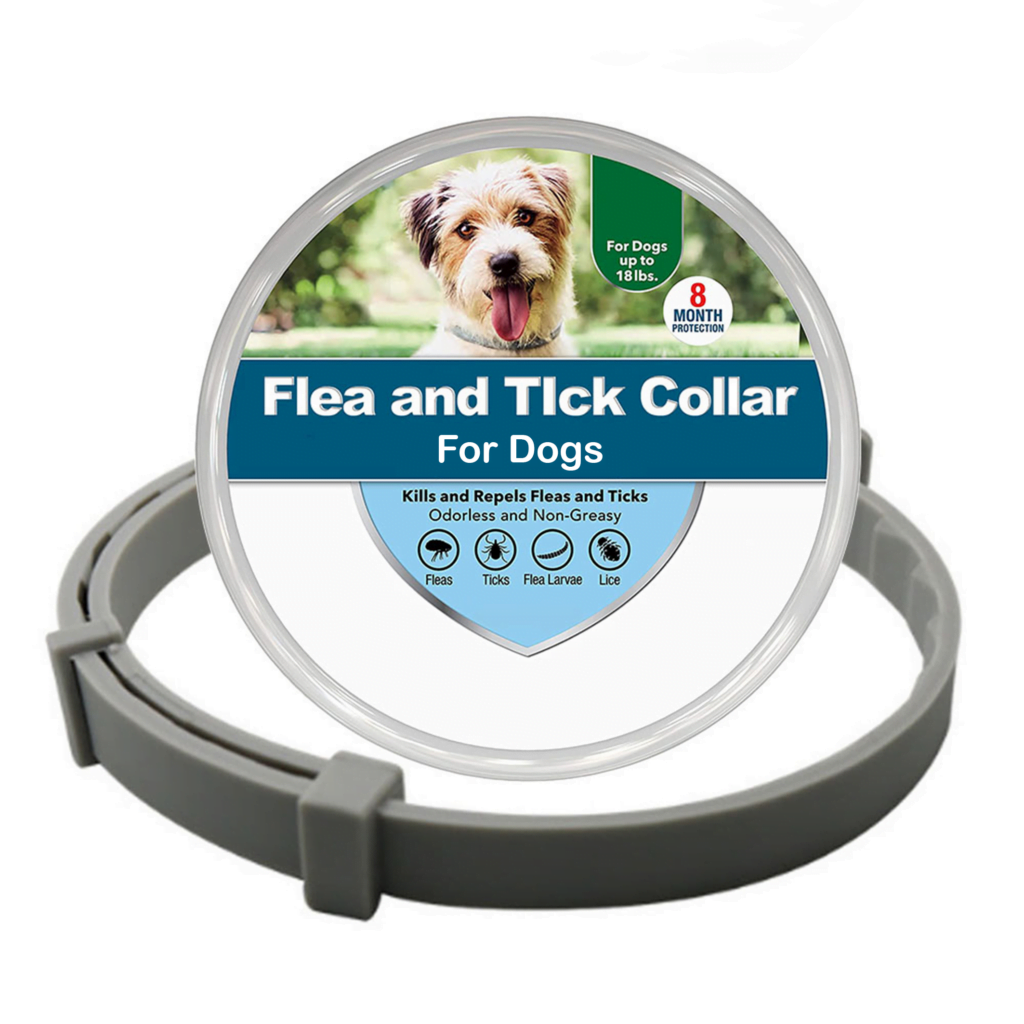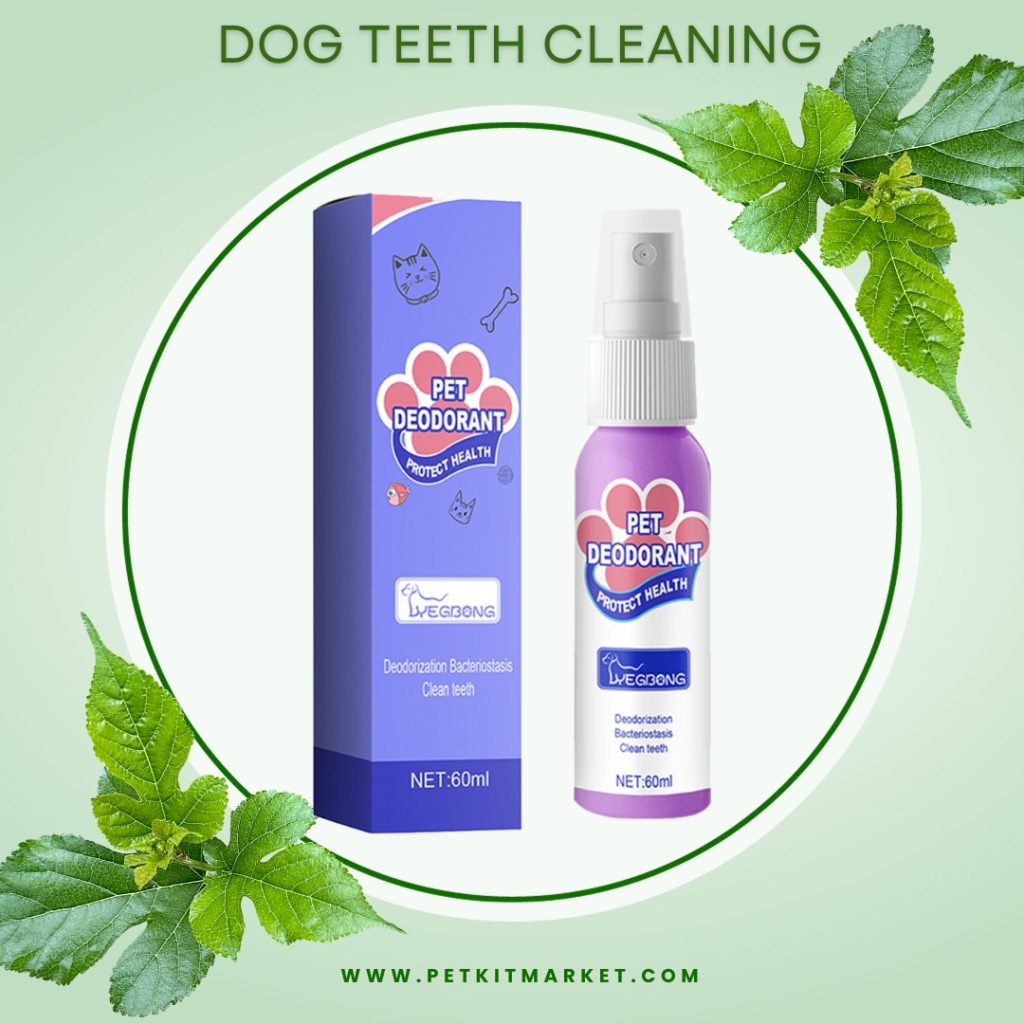Every year, approximately 4.5 million Americans are bitten by dogs, with hundreds of thousands requiring medical attention as a result. As outdoor enthusiasts, your risk of encountering an aggressive dog can be higher than most. Understanding how to proactively guard yourself against these furry foes isn’t just wise—it could be lifesaving. Dog attack prevention comes down to more than luck; it requires knowledge and appropriate action before, during, and after an aggressive dog encounter. From carrying deterrents to adopting non-threatening body language, learn how to implement dog bite self-defense in your everyday outdoor activities.
Key Takeaways
- Acknowledge that dog attack prevention is crucial for safety during outdoor activities.
- Carrying deterrents and understanding dog behavior can significantly reduce your risk.
- Know how to use non-confrontational body language to avoid escalating a situation.
- Learn strategies to defend yourself effectively if you’re knocked down during a dog attack.
- Stay informed about legal self-defense tools and their proper usage to remain legally compliant.
- Recognize the importance of varying your routine to avoid potential aggressive dog encounters.
Understanding Dog Behavior and Aggression Triggers
Dogs communicate volumes through their behavior, and being able to interpret these animal behavior cues can be essential in preventing escalations during pet triggered reactions. Recognizing and responding to dog aggression signs early can help preserve the safety of both humans and animals. Let’s delve into the critical signs of aggression and the subtleties of canine body language that indicate a dog could become dangerous.
Recognize Warning Signs of Aggression
When a dog feels threatened or is on the cusp of aggression, certain signals may serve as red flags. A hard, unflinching stare or a deep-toned growl can indicate that a dog is not only uncomfortable but prepared to take defensive action if provoked further. Additionally, a stiff, high tail and raised hackles—the hair along a dog’s back—can be tell-tale dog aggression signs of a pet’s elevated stress or threatening stance.
Comprehending a Dog’s Body Language
Understanding a dog’s body language goes beyond recognizing overtly aggressive gestures. Peripheral actions, subtle shifts in behavior, and specific postures can all provide useful clues to their mood and intentions. It’s imperative to avoid direct eye contact with a dog who is showing signs of distress, as they may interpret this as a challenge. Observing the broader context of the animal’s environment and demeanor can clue you into potential triggers for aggression.
| Dog Behavior | Meaning |
|---|---|
| Ears pinned back | Anxiety or submission |
| Ears perked up and forward | Alert and possibly aggressive |
| Tail tucked between legs | Fear or submission |
| Relaxed posture, wagging tail | Generally indicates a calm and comfortable dog |
| Lip licking or yawning | Stress or nervousness |
In summary, being aware of dog aggression signs and understanding animal behavior cues is essential in preventing aggressive outbursts. Whether you’re a pet owner or someone who encounters dogs in public spaces, knowledge of these signals is a critical component of safely interacting with our canine companions.
Preventative Measures for Outdoor Activities
Enjoying the great outdoors is a wonderful way to stay active and healthy, but it’s essential to keep outdoor safety front of mind, especially where domestic animals are concerned. Employing dog attack preventive tips can be your first line of defense against potential dangers. Whether you’re an avid jogger, a weekend hiker, or simply out for a leisurely walk, taking certain precautions can help you avoid unwanted encounters with aggressive dogs and other animals.
Animal encounter advice for prevention doesn’t just begin at the sight of an animal; it starts with your pre-outdoor preparation. Here are several proactive measures you can integrate into your activities to help mitigate risks:
- Modify Your Route: If you’re aware of an aggressive dog in your neighborhood, altering your path can circumvent possible confrontations.
- Carry a Deterrent: A small spray bottle filled with water can serve as an unexpected but non-injurious deterrent to distract an attacking dog.
- Maintain Awareness: Being alert to your surroundings allows you to spot and avoid potential threats at a distance.
- Avoid Triggering Behaviors: Quick movements and loud noises can sometimes provoke a dog, so it’s wise to move calmly and quietly.
Remember, your safety begins with awareness and preparedness. By taking these preventative steps, you are not only safeguarding yourself but also respecting the well-being of the animals you may encounter. Stay vigilant, stay informed, and enjoy the peace of mind that comes from being prepared for your outdoor adventures.
Strategies for Joggers and Walkers to Avoid Dog Attacks
As you lace up your sneakers for your next outdoor adventure, understanding how to keep yourself safe from unexpected canine confrontations is paramount. Below, explore tactical advice that integrates seamlessly into your fitness routine, helping you navigate through encounters with unaccompanied dogs while focusing on safety tips for walkers and jogging self-defense.
Using Noise to Your Advantage
Making noise can be a simple yet effective strategy in warding off an unfriendly dog. Whether it’s a whistle or your voice, sound can catch a dog off-guard, potentially stopping it in its tracks. Consider carrying a high-pitched, loud whistle on your runs; with one quick breath, you could deter an aggressive dog, securing those precious seconds needed to put distance between you and a potential threat.
Carrying Treats as a Distraction
Having a small bag of treats can serve as an excellent diversionary tactic. If an aggressive dog approaches, tossing treats away from you may distract the animal, allowing you to calmly move away. This method provides a non-confrontational solution to a tense situation, helping to prevent avoiding dog bites with minimal fuss.
Being Aware of Your Exercise Route
Strategize your exercise routes with security in mind. By varying your path and avoiding houses known for aggressive dogs, you reduce the risk of an unwanted canine encounter. Make mental notes of safe zones along your route, like public buildings or stores, where you could seek refuge if needed. Your vigilance is a crucial component in your overall defense strategy.
Remember, when it comes to safety tips for walkers and jogging self-defense, prevention and awareness are your best allies. By employing these strategies into your routine, you not only maximize your enjoyment of outdoor activities but also ensure that you stay safe from potential threats.
Educating Yourself on Legal Protective Devices
Being proactive about your safety means not only having the right tools but also understanding the laws that govern their use. Legal self-defense tools can serve as a personal safeguard in the event of a dog attack. However, it’s vital to know which dog deterrent devices are allowed and under what circumstances you can legally use them to fend off an aggressive animal. Protective gear laws vary extensively from one municipality to another, so gaining knowledge on these rules is as important as the protective devices themselves.
Understanding Stun Guns and Deterrent Sprays
Stun guns and deterrent sprays are widely recognized as effective non-lethal defense tools against dog attacks. While a stun gun disrupts a dog’s muscle functions temporarily, deterrent sprays, often made from capsaicin, can cause an immediate yet temporary burning sensation to the animal, providing you with time to escape. Despite their efficacy, one must be aware of the legality of carrying and using these devices, as restrictions differ across regions.
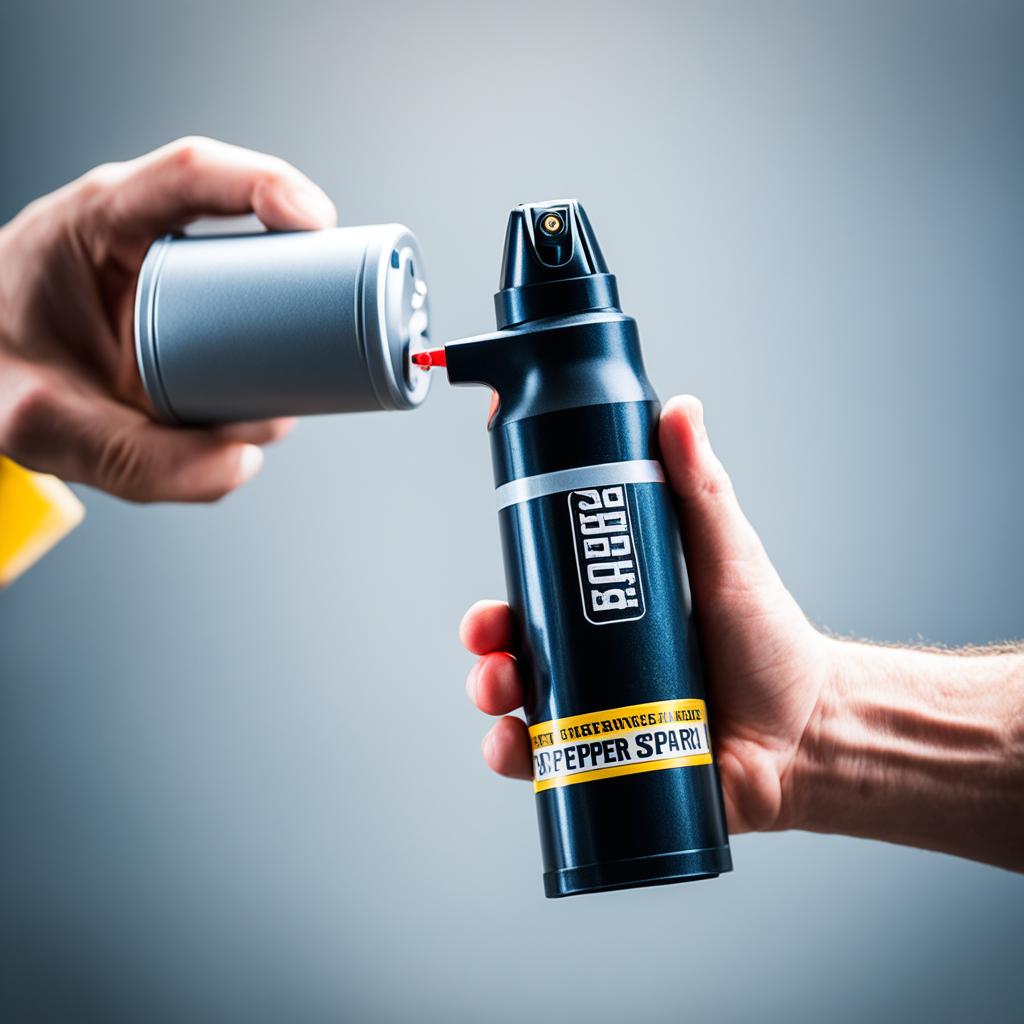
The Legality of Defensive Tools
Before you decide to purchase or carry any self-defense tool, check your local protective gear laws to ensure legal compliance. Some areas may classify these tools as weapons, which could require permits or may even be outright banned. Educating yourself on these legal nuances is essential to ensure that your means of protection does not lead to unintended legal complications. It’s a critical step in your self-defense preparedness and one that should be taken with due diligence.
How to Respond If Confronted by an Aggressive Dog
When an aggressive dog approaches you, it’s important to know the right survival strategies to diffuse the situation safely. Confronting aggressive dogs requires a calm and calculated response. Here are recommended steps you should take:
- Stand your ground: Do not run or turn your back on the dog. Running could trigger the dog’s prey drive and cause it to chase you.
- Use assertive dog commands: Commands like ‘Stop’, ‘No’, and ‘Back’, delivered with a firm and steady voice, can sometimes halt a dog’s advance. Your assertive tone sends a message of authority to the dog.
- Avoid eye contact: Direct eye contact can be perceived as a challenge. Instead, watch the dog from your peripheral vision while turning your body slightly sideways.
- Make yourself less threatening: Keep your hands by your sides and avoid making sudden movements that may escalate the dog’s behavior.
- Give the dog an escape route: Do not corner the dog. Make sure it has a clear path to exit the confrontation.
Remember, every scenario is unique and may require a different set of actions. Yet, these survival strategies form the basis for keeping safe during an unexpected encounter with an aggressive dog.
Non-Confrontational Body Language to Defuse Tense Encounters
Encountering an aggressive dog can be a highly stressful experience, but maintaining a calm demeanor is critical in defusing aggressive encounters. Your body language communicates volumes to an animal, so it’s essential to know the non-verbal cues that can help calm the situation. The foundational strategy involves adopting non-threatening body language which signals to the dog that you are no threat.
To illustrate, consider the calming effect of a simple yawn. This unassuming gesture can signal to the dog that you’re relaxed, thereby lowering its defensive response. Similarly, by folding your arms, you reduce the likelihood of making sudden movements that might trigger the dog’s chase instinct. Here’s a quick guide to the body language that could help you navigate through a potentially threatening situation:
| Body Language | Impact on Aggressive Dog |
|---|---|
| Yawning | Signals relaxation and can have a calming effect on the dog |
| Folding Arms | Reduces the chance of precipitating motion-induced aggression |
| Averting Gaze | Prevents perceived challenges to dominance, helping to de-escalate the situation |
| Turning Side-On | Displays non-confrontation by reducing direct confrontation |
| Keeping Still | Lessens excitement or fear cues that may provoke a chase |
Remember, in the face of potential danger, the natural inclination to run should be resisted. Quick movements can activate a dog’s predatory instinct, making a calm and steady retreat the safer option. While there is no guaranteed safety measure when it comes to interacting with animals, these tips can help you maintain composure and increase the chance of dissolving tension peacefully.
Ultimately, every situation is unique, and these recommendations are not foolproof. If you frequently encounter dogs during your outdoor activities, consider further education on canine behavior to enhance your skills in defusing aggressive encounters.
Steps to Take if a Dog Knock You Down
Being caught off-guard by an aggressive dog can lead to situations where you’re knocked to the ground. How you react in the moments that follow can be pivotal in protecting yourself from further harm. Before you shift into a defense posture, it’s essential to understand the specific actions that can enhance your chances for dog attack survival.
Adopting a Protective Posture
Once on the ground, your primary goal should be to minimize injury. Curling into a ball with your knees tucked to your chest and your hands laced behind your neck guards your face and vital organs. Covering your ears with your forearms can also protect against bites. Remember, this defense posture isn’t just about physical protection; it’s about making yourself less appealing as a target for the dog.
Staying Motionless: When Playing Dead Is the Best Strategy
The playing dead technique may seem counterintuitive but staying motionless convinces the dog that you’re not a threat — or even alive. Most dogs will lose interest in something that doesn’t move. Silence is a critical component of this strategy; avoid yelling or groaning as this could re-engage the dog’s attention and aggression.
Incorporating these dog attack survival tips into your mindset can significantly improve your chances of escaping serious harm. Practice and mental preparedness for such unfortunate events are crucial elements of outdoor safety.
Investing in Distractions and Decoys
When you’re out and about, with the ever-present risk of encountering an aggressive dog, it is wise to be prepared with dog distractions and decoy safety devices. The simple act of carrying noise-making tools can significantly enhance your ability to prevent or abort a dog attack. Deploying these devices could provide the distraction necessary for you to safely distance yourself from a potential threat. Let’s explore some effective attack prevention gadgets and tactics that could be life-savers.
- Noisemakers: A sharp whistle or a loud rattle can serve as an auditory deterrent to disrupt a dog’s aggressive behavior.
- Portable Treat Dispensers: Tossing treats can divert a dog’s attention and give you time to retreat to a safer location.
- Fake Arms or Legs: Some specialized decoys mimic human limbs, which can be used to misdirect a dog’s biting instinct away from your actual body.
You might also consider wearable gadgets that can emit ultrasonic waves – these are inaudible to humans but can be very annoying to dogs, potentially stopping them in their tracks. Remember, the goal is to confuse or startle the attacking dog without causing it harm, and having these tools at your disposal can do just that.
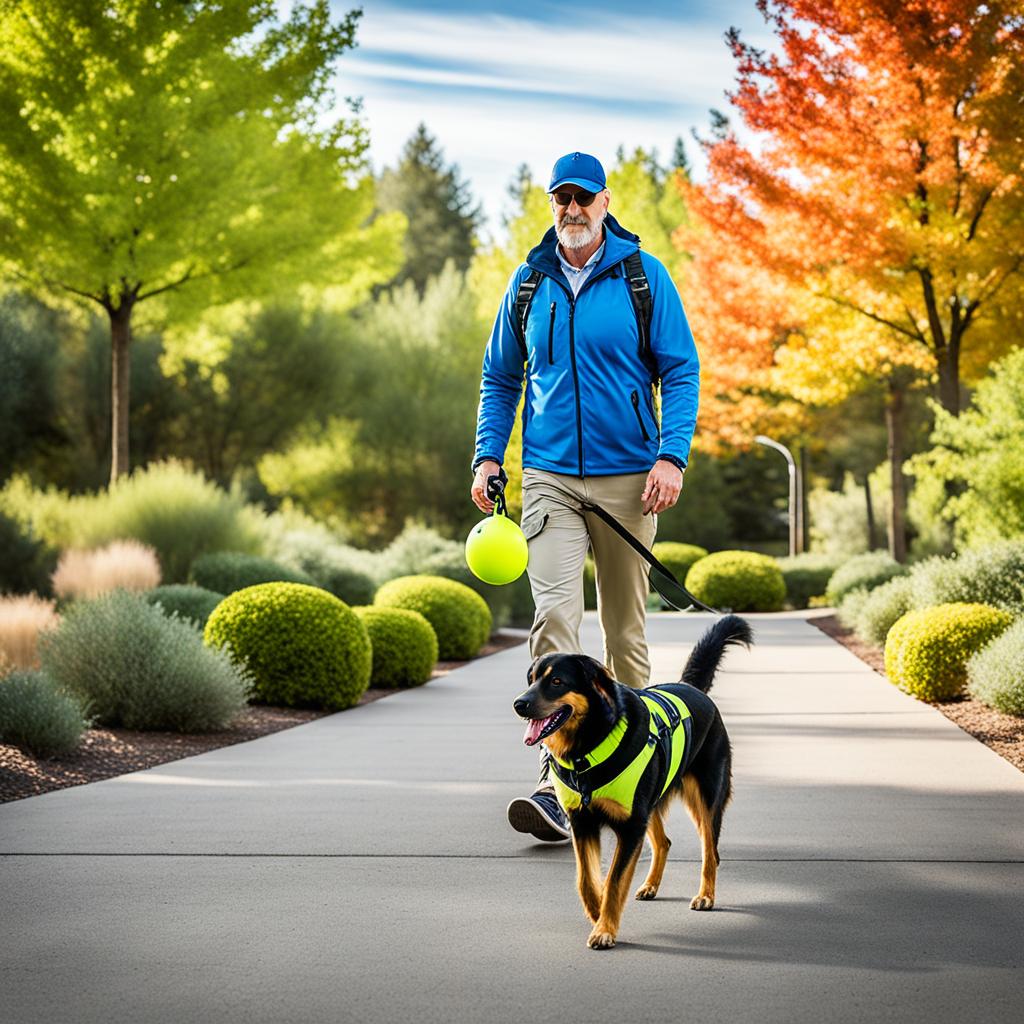
Investing in quality safety devices and knowing how to use them efficiently can bring peace of mind. For instance, a well-timed blast from an air horn has been known to scare off a dog, offering a chance to move to safety without engaging in physical confrontation. However, it is essential to practice using these devices before an actual encounter so that you can respond swiftly and confidently.
Ultimately, while you hope never to be in a situation that requires their use, these attack prevention gadgets add a layer of security during your outdoor ventures. Choose devices that you are comfortable carrying and that you can deploy easily if the need arises.
Proper Techniques to Break Up a Dog Attack
When you find yourself in the midst of a dog attack, your response can greatly influence the outcome. Effective attack intervention methods are key to mitigating harm. The immediate goal is to assert control and minimize injury to all parties involved.
Immediate Actions to Control the Situation
Asserting dominance with a calm but firm voice can sometimes halt an advancing dog in its tracks. If a dog has clamped down, consider leveraging a break stick – a tool specifically designed for safely opening a dog’s jaw without causing harm. If accessible, use a water hose or spray to create a distraction, allowing you a moment to escape or reach safety. Always avoid escalating the situation; your safety is paramount.
Importance of Seeking Medical Attention
Following any encounter that results in a bite, immediate post-attack medical care is non-negotiable. Prioritize cleansing the wound with soap and water, then seek professional medical evaluation, even for minor injuries. Timely attention is crucial to prevent infections, receive appropriate vaccinations like tetanus, or address rabies concerns. Remember that a quick dog bite response can be the deciding factor between rapid recovery and long-term health complications.
- Use assertive but non-confrontational commands to deter an aggressive dog.
- Apply a break stick or similar safe intervention device if a dog bites.
- Utilize distractions such as water sprays to diffuse the attack.
- Immediately clean any bites with soap and water.
- Contact a medical professional for thorough post-attack care.
Understanding these strategies not only prepares you to respond effectively but also equips you with invaluable knowledge to ensure you and those around you remain safe.
Conclusion
As we have explored throughout this article, your safety during encounters with dogs relies heavily on a blend of knowledge, preparation, and composure. The effective dog attack protection conclusion is that taking proactive and defensive steps can significantly contribute to staying safe around dogs. Awareness of triggers, understanding canine body language, and being equipped with the right tools are all part of a comprehensive self-defense preparedness strategy.
Final Thoughts on Protecting Yourself from Dog Attacks
Ultimately, no one wants to experience the distress of a dog attack. By employing preventative measures and strategies discussed in previous sections – such as identifying aggression cues, adjusting your outdoor routines, and carrying non-lethal deterrents – you are less likely to become a statistic in dog bite incidents. Knowledge truly is power, and by staying informed about dog behavior, you are taking an important step towards mitigating potential dangers.
Staying Informed and Prepared
Preparing for the possibility of a dog attack, no matter how remote, ensures that you can enjoy your outdoor activities with greater peace of mind. Regularly revisiting the tips and techniques covered here will not only bolster your preparedness but also reinforce a mindful approach whenever you’re in the presence of dogs. Embrace your outdoor pursuits with confidence, knowing that you are well-versed in protecting yourself from dog attacks.
Featured Products
Automatic Cat Feeder: Smart Control, 4L Capacity, WIFI Connection & Anti Clog
$30.05 (-25%)
Automatic Dog Feeder: Smart Control, 4L Capacity, WIFI Connection & Anti Clog
$30.05 (-25%)
Cat Bed with Thick Cover, Warm, Non-Slip and Waterproof Bottom
$10.69 (-29%)
Cat Flea & Tick Collar – Guaranteed results For 8 Months
$13.30 (-40%)
Cat Tree with Scratcher – Modern & Tall for Climbing and Relaxing
$51.40 (-29%)
Dog Flea & Tick Collar – Guaranteed results For 8 Months
$13.30 (-40%)
Dog Teeth cleaning and tartar removal Spray
$6.42 (-29%)
Endless Fun Cat Toy – Interactive Smart Electric Mouse
$21.40 (-29%)
Engraved Dog Collar: Elegant and Crafted with Premium Leather
$6.40 (-29%)
Human dog bed, Super Big and Comfy: Perfect for the Whole Family
$83.98 (-30%)
Reusable Lint Remover for Home, Car & Pets – Eco-Friendly & Easy-to-Use
$10.69 (-29%)
Smart Robotic Litter : The Most Advanced Cat Litter Box – Expert Choice
$192.83 (-29%)
Special Lint Remover : Guaranteed results for Clothes & Home
$13.30 (-40%)



